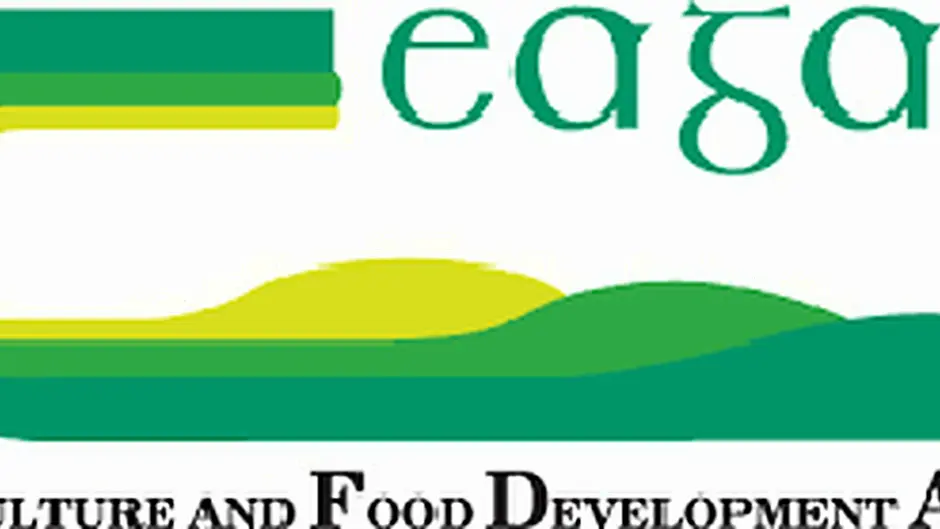Teagasc commenced their series of farm walks for 2016 recently, including one at the Clonakilty Agricultural College at Darrara, where the emphasis was very much on early grazing and getting paddocks fertilised as early as possible, where the application of chemical fertiliser and slurry was most beneficial when applied at the preferential rates.
BY JOHN SEXTON
TEAGASC commenced their series of farm walks for 2016 recently, including one at the Clonakilty Agricultural College at Darrara, where the emphasis was very much on early grazing and getting paddocks fertilised as early as possible, where the application of chemical fertiliser and slurry was most beneficial when applied at the preferential rates.
Getting the event under way, Billy Kelleher, Teagasc’s manager for Cork West, welcomed all present, approximately 300 keen and ambitious young farmers. He introduced the advisory team of four speakers, who operated at four stands strategically placed throughout the farm. They were John Maher, Moorepark; Don Crowley, Clonakilty; Brian McCarthy, Moorepark, and Fergal Coughlan, farm steward at Darrara College, better known as a Valley Rovers hurler.
The main theme of their talk centered on the advantage of getting cows to grass as early as possible after the winter. A half small bag of Urea should be spread as mearly as possible and, in order to balance out the nutrients, a dressing of 14-7-14 or slurry should be applied after each rotation. All speakers laid special emphasis on using the Spring Rotation Planner (SRP). This should take the guesswork out of grazing management and ensure that your first rotation does not end before your target date.
The members of the panel stated that managing milk price volatility will be a key challenge for successful dairy businesses in the future. The outlook for 2016 is for a significantly reduced milk price in comparison with previous years. While commodity prices are anticipated to recover by year-end, it is vital that farmers take steps to reduce costs, maintain positive cash flows and get the best results from available Spring grass supplies.
There is no point in keeping extra cows at low milk prices in 2016, as few farmers have sufficient grass growth to justify an overall farm stocking rate (SR) greater than 2.5 to 2.7 livestock units (LU) per hectare. Many of those we spoke to were highly impressed with the forceful way that the members of the panel set about their stall in impressing on those present the key elements of fertilising and management, to gain maximum return, most especially at a time when returns can be in decline and costs escalating.
While the underfoot conditions were not too favourable on the day, there was a great sward of grass in most of the paddocks, ready for grazing once the weather improves. Credit must go to Fergal Coughlan, who in the course of his presentation stated that it is necessary to have the cows hungry when going out to grazing and, in the management of the herd, he would often bring them in after three hours in unfavourable conditions.
The general feeling from those present was that this was a worthwhile farm walk and the general advice so readily available through the various channels of Teagasc was very useful.








